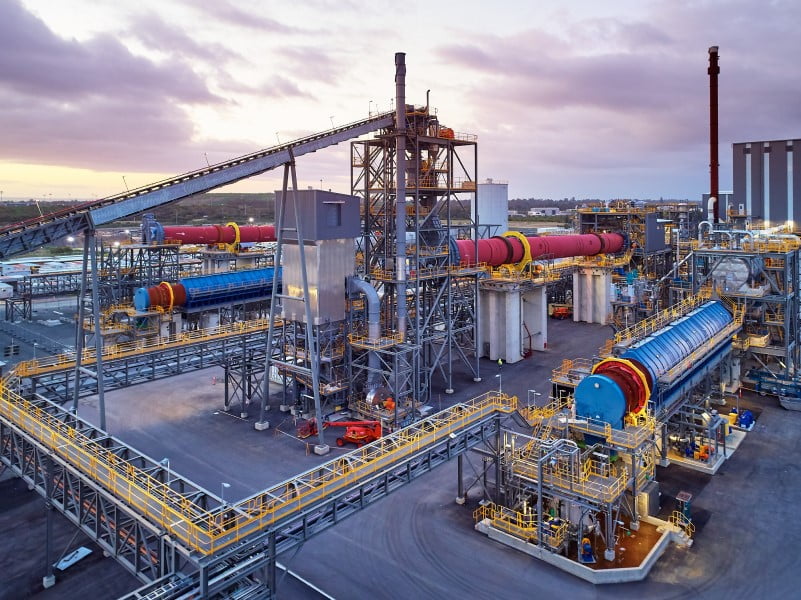Consultation on Australia’s 2023 Critical Minerals Strategy has commenced, with the Albanese government now calling for comment on how to support minerals processing and METS intellectual property.
The consultation paper was released on Friday, around 10 months after the release of the Coalition’s Critical Minerals Strategy 2022.
It claims that Australia has just “a narrow window of opportunity to capitalise on global critical minerals demand and unlock its potential as a clean energy superpower”, emphasising Australia’s need to expand its downstream processing capabilities.
There is much overlap with the Coalition strategy released earlier this year but the paper seeks further thoughts on how government can support the development and retention of domestic IP, while attracting overseas investment in IP.
This aims to increase expertise in critical minerals processing and “capture a larger share of growing global markets for clean energy technologies”.
The development of battery precursor materials, rare earth oxides, and titanium powder used in additive manufacturing are highlighted as examples of value-added critical minerals processing.

The consultation paper calls for insight on the opportunities for critical minerals projects to support domestic and international clean energy supply chains, as well as how the government can best support the industry to integrate internationally.
It also seeks thoughts on how to improve ESG credentials in the critical minerals sector, with a particular emphasis on increasing “focus on circular economy and recycling practices, and the uptake of traceability tools”. According to CSIRO, only about 10 per cent of Australia’s lithium-ion battery waste is recycled.
Resources minister Madeleine King said it is important Australia continues to supply the critical minerals that are essential inputs to renewable energy technologies.
“The Australian Government is committed to growing Australia’s critical minerals resources and industries which will be crucial to help Australia and the world to meet our commitments to net-zero emissions by 2050,” Ms King said.
“Australia has an exciting opportunity to leverage our abundant critical mineral resources to support the development of low-emissions technologies, and to become a trusted, stable and reliable supplier to the world.
“Critical minerals are also crucial for technologies that power our homes, offices, factories, vehicles and mobile phones, as well as for medical technology and defence applications.”
The paper estimates that critical minerals demand “is expected to rise at an unprecedented rate, for example, by 2040 global demand for key battery minerals such as lithium will increase by 40 times its current rate while cobalt and graphite could rise by approximately 20 times their current rate”.
Prime Minister Anthony Albanese and Australia’s Ambassador to the United States Arthur Sinodinos have both highlighted the opportunities to increase exports of raw and processed critical minerals to the United States following an expected increased demand from the Inflation Reduction Act.
Australia produces around half of the world’s lithium, however there is currently only one active processing plant capable of producing battery-grade lithium hydroxide in Australia. The country is also the world’s largest producer of bauxite, fourth largest producer of rare earths, third largest producer of cobalt, and the 15th largest producer of silicon.
Completion of the critical minerals strategy refresh will complement the Australia Made Battery Plan, also under development, which hopes to outline a “shared vision of end-to-end battery manufacturing in Australia, including value adding to battery minerals”.
Development of the electric vehicles (EV) strategy is also considering opportunities to expand domestic manufacturing along the EV supply chain, initially including batteries and components, with the potential to consider the development of vehicle manufacturing.
The updated critical minerals strategy will help guide government investments through the $1 billion value-adding in resources fund under the National Reconstruction Fund, the roughly $500 million remaining in the critical minerals loan facility, and the $100 million critical minerals development program.
Public consultation on the Critical Minerals Strategy will end on February 3, 2023.
Do you know more? Contact James Riley via Email.

